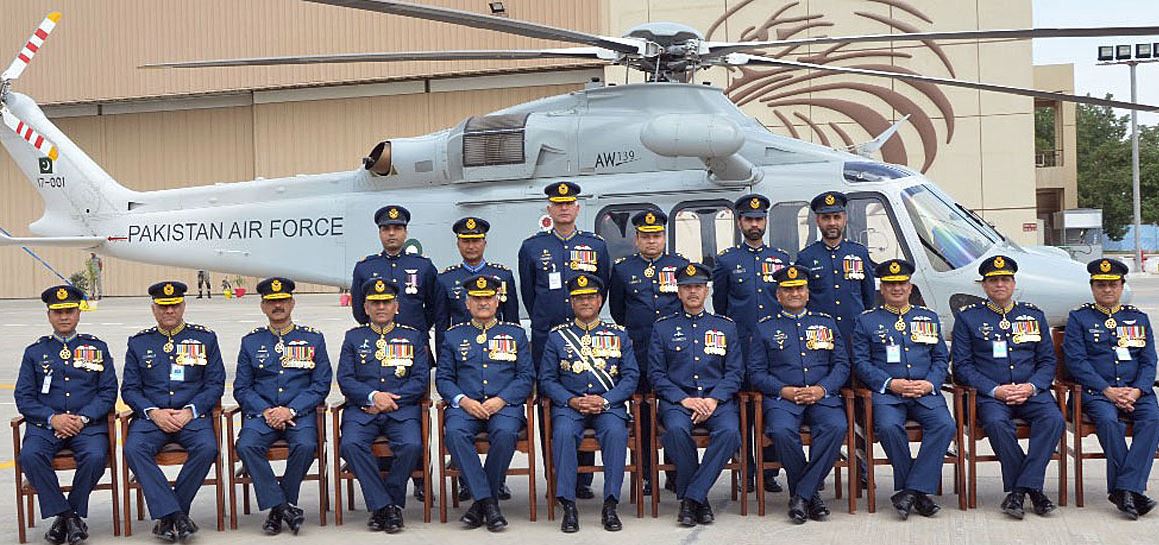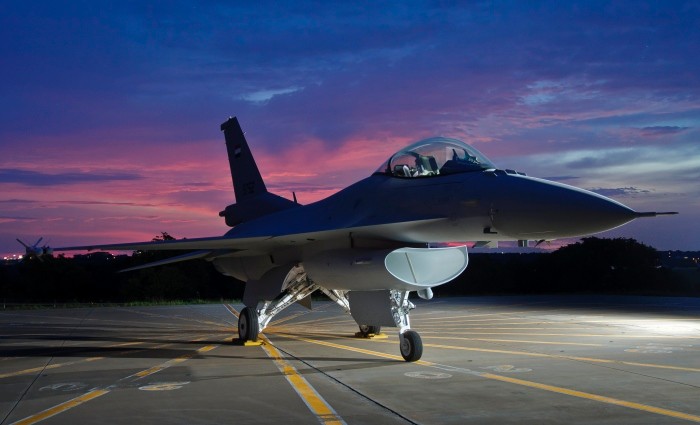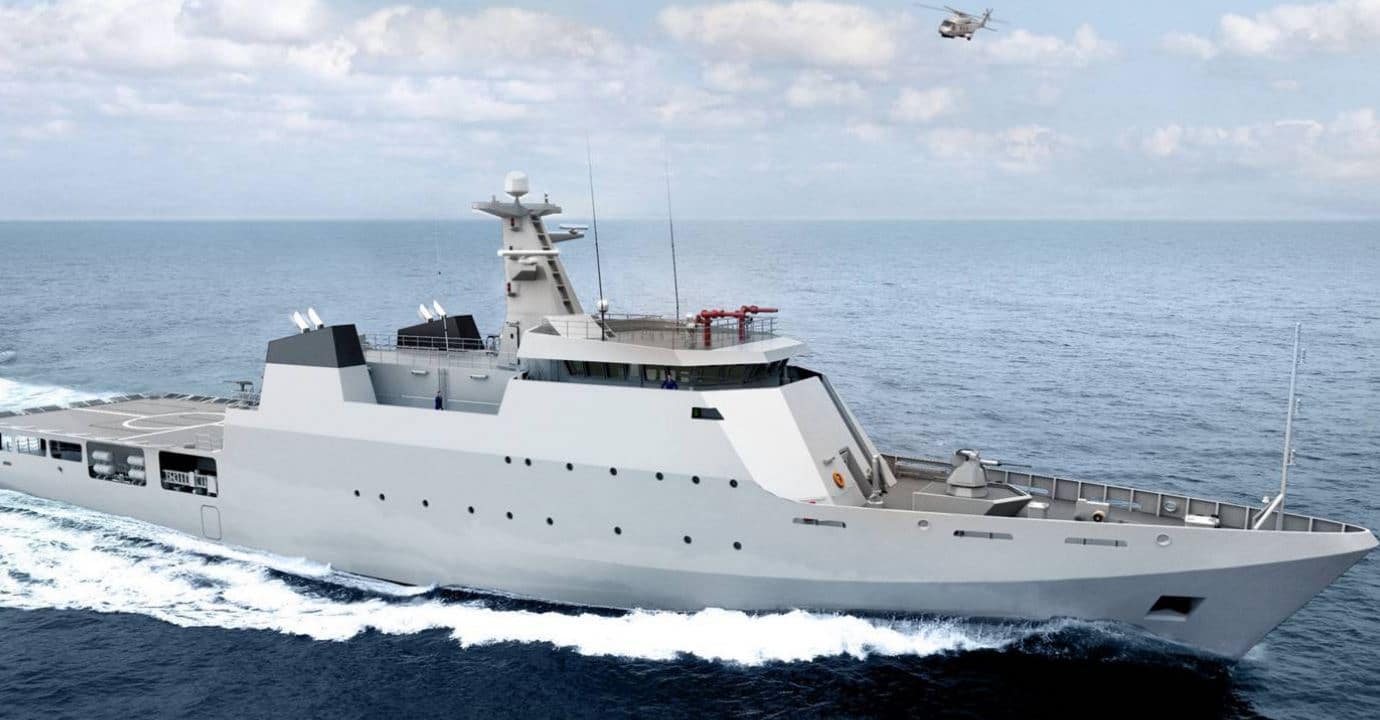3027Views 0Comments

Pakistan Air Force’s No. 88 squadron converts to AW139
The Pakistan Air Force (PAF) announced that it has formally re-equipped its No. 88 Search & Rescue (SAR) Squadron with the newly procured Leonardo AW139 helicopter.
According to a report by the state-owned Associated Press of Pakistan (APP), the No. 88 was also renamed into the ‘No.88 Combat Support Squadron and Advanced Helicopter Training School’.
The No. 88 Squadron is stationed at Shahbaz Air Base (Jacobabad, Sindh) under Southern Air Command.
Lauding the event, the PAF Chief of Air Staff (CAS) Air Chief Marshal (ACM) Sohail Aman stated, “PAF, after an in-depth analysis of the search-and-rescue platforms available worldwide, selected AW-139 as the most effective solution for our requirements.”
The CAS outlined that the AW139 was sought to equip the PAF for nighttime and maritime SAR operations, adding that it “will become a stepping stone in achieving more complex capabilities” for the PAF helicopter fleet. In addition to SAR, the No. 88 will also train pilots for flying the AW139.
The PAF – along with the Pakistan Army Aviation Corps (PAA) – selected the AW139 in 2016, each ordering two (i.e. four in total) for their respective SAR and utility/transport requirements. Pakistan’s Ministry of Defence Production’s (MoDP) yearbook for 2015-2016 states that the order was worth $79 million US.
Leonardo stated that Pakistan selected the AW139 due to its “outstanding” hot-and-high performance.
According to Leonardo, the AW139’s trials in Pakistan had involved having to operate in Multan under a temperature of 49°C. This was joined with having to fly over the Karakoram Range, including high-altitude take-offs and landings on unprepared surfaces at 16,300 ft.
In February 2017, Leonardo announced that Pakistan ordered another batch of AW139, with the company stating that the selection “confirms the AW139 as the preferred new generation helicopter choice for replacement of older types currently in service.”
The AW139 has a passenger capacity of 12. Powered by two Pratt & Whitney Canada PT6C-67C turboshaft engines, the AW139 has a ferry range of 1,250 km, service ceiling of 20,000 ft, an endurance of five hours, maximum cruise speed of 306 km/h and cargo hook load capacity of 2,200 kg.
The PAF has also fitted its AW139 with FLIR Systems Star SAFIRE electro-optical and infrared turrets. It is unclear if there are other subsystems involved, though a combat SAR role could indicate the presence of integrated countermeasures as well.
Notes & Comments:
With the PAF terming the No. 88 as the ‘pioneer squadron of the AW139’ and unit training for the type, it appears that additional AW139s will be sought, potentially through incremental batch purchases through the long-term. It is possible that the AW139 is being slotted to gradually replace the Aerospatiale Alouette III utility helicopters, which form the mainstay lightweight SAR helicopter of the PAF (complementing the heavier Mi-171Sh). Likewise, the PAA and the Pakistan Navy also operate Alouette IIIs, providing Pakistan’s armed forces an opportunity to standardize on a next-generation platform.
Transitioning to the AW139 would enable Pakistan to leverage increased payload, endurance and range capabilities along with drawing upon existing infrastructure to maintain the Pratt & Whitney PT6-series of turboshaft and turboprop engines (already in use in Pakistan through other assets, such as the Bell 412EP, Grand Caravan EX, King Air 350ER and Government of Pakistan AW139s).
With its new helicopter procurement programs, Pakistan has also emphasized the need for strong hot-and-high performance capability. With the PAA, this has formed with the Airbus Helicopters H125M and AW139 in the light and medium-weight categories, respectively.
Two PAA H125Ms were deployed to support the recovery option of two mountain climbers on Nanga Parbat in January 2018. The MoDP’s 2015-2016 yearbook states that the PAA ordered nine new H125Ms for $37 million. The PAA is also eager to build an attack component through Turkish Aerospace Industries’ (TAI) T129 ATAK, which it selected in great part thanks to its ability to fly at 14,000 ft. Quwa Premium subscribers will find thorough discussions of these efforts in the weekly article, “Pakistan Army Aviation’s High-Altitude Capabilities” and the monthly report, “Review of Turkey’s efforts to sell the T129 ATAK to Pakistan“.


